Clipart tagged: ‘calcareous’

Chrysalidina Gradata
This illustration shows the calcareous shell Chrysalidina gradata. These shells are mostly very small,…
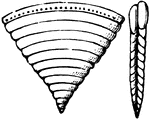
Cuneolina Pavonia
This illustration shows the calcareous shell Cuneolina pavonia. These shells are mostly very small,…
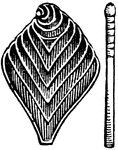
Flabellina rugosa
This illustration shows the calcareous shell Flabellina rugosa. These shells are mostly very small,…
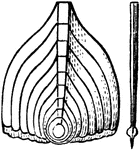
Frondicularia Annularis
This illustration shows the calcareous shell Frondicularia Annularis. These shells are mostly very small,…
Fusulina Cylindrica
This illustration shows the calcareous shell Fusulina cylindrica. These shells are mostly very small,…
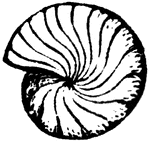
Fusulina Cylindrica
This illustration shows the calcareous shell Fusulina cylindrica. These shells are mostly very small,…
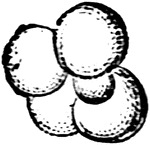
Globigerina Rubra
This illustration shows the calcareous shell Globigerina rubra. These shells are mostly very small,…

Grammostomum Phyllodes
This illustration shows the calcareous shell Grammostomum phyllodes. These shells are mostly very small,…

Lituola Nautiloides
This illustration shows the calcareous shell Lituola nautiloides. These shells are mostly very small,…
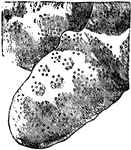
Millepora Nodosa
"Portion of the calcareous corallum of Millepora nodosa, showing the cyclical arrangement of the pores…
Nodosaria Vulgaris
This illustration shows the calcareous shell Nodosaria vulgaris. These shells are mostly very small,…
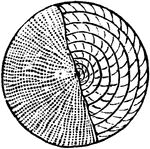
Nummulites Nummularia
This illustration shows the calcareous shell Nummulites nummularia. These shells are mostly very small,…
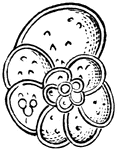
Rotalia Globulosa
This illustration shows the calcareous shell Rotalia globulosa. These shells are mostly very small,…
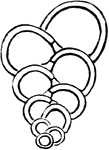
Textilaria Globulosa
This illustration shows the calcareous shell Textilaria globulosa. These shells are mostly very small,…

Triloculina Josephina
This illustration shows the calcareous shell Triloculina Josephina. These shells are mostly very small,…
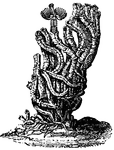
Calcareous Tubeworm (Serpula)
This worm is also called a fan worm, plume worm or red tube worm. "A Linnean genus of worms, subsequently…